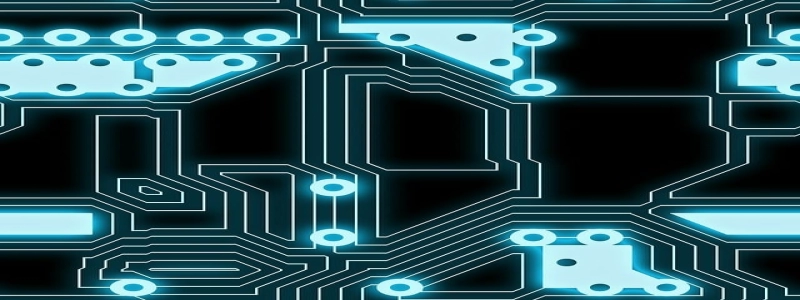USB and HDMI over Ethernet
Introduction
USB and HDMI are two commonly used technologies for connecting peripherals and display devices to computers and other electronic devices. However, sometimes it may be necessary to extend these connections over long distances or through walls and ceilings. In such cases, the use of Ethernet cables and adapters can provide a reliable solution. This article explores the concept of USB and HDMI over Ethernet and how it can be beneficial in various scenarios.
I. What is USB over Ethernet?
A. USB over Ethernet, also known as USB over IP, is a technology that allows USB devices to be connected to a computer or other device remotely over an Ethernet network.
B. It involves using USB over Ethernet adapters or software to establish a connection between a USB device and a host computer over a local area network (LAN) or the internet.
C. USB over Ethernet can be useful in scenarios where physical access to a USB device is limited, or when a USB device needs to be shared among multiple computers.
II. Advantages of USB over Ethernet
A. Distance: USB cables have a limited length, typically up to 16-20 feet. USB over Ethernet allows for much greater distances, as Ethernet cables can be extended up to 328 feet without signal loss.
B. Flexibility: USB over Ethernet enables USB devices to be connected and disconnected without physically plugging and unplugging them from the host computer. This makes it convenient for devices that need to be frequently moved or accessed remotely.
C. Sharing: USB over Ethernet enables multiple computers to share a USB device simultaneously, eliminating the need for constant device switching or duplication.
III. What is HDMI over Ethernet?
A. HDMI over Ethernet, also known as HDMI over IP, is a technology that allows HDMI signals to be transmitted over an Ethernet network.
B. It involves using HDMI over Ethernet extenders or HDMI over IP encoders and decoders to convert the HDMI signal into data packets that can be transmitted over an Ethernet network.
IV. Advantages of HDMI over Ethernet
A. Long-distance transmission: HDMI cables have a limited length, typically up to 50 feet. HDMI over Ethernet allows for longer distances by utilizing standard Ethernet cables, which can be extended up to 328 feet.
B. Cost-effective: Ethernet cables are generally less expensive than long HDMI cables, making HDMI over Ethernet a more cost-effective solution for transmitting HDMI signals over long distances.
C. Scalability: HDMI over Ethernet allows for the creation of an HDMI matrix, where a single source can be broadcasted to multiple displays simultaneously. This makes it suitable for video walls, digital signage, and other multi-display setups.
Conclusion
USB and HDMI over Ethernet provide solutions for extending USB and HDMI connections over long distances or through network infrastructures. USB over Ethernet allows for remote access and sharing of USB devices, while HDMI over Ethernet enables the transmission of high-definition video signals over standard Ethernet cables. These technologies offer increased flexibility, cost-effectiveness, and scalability in various scenarios, making them valuable tools in modern computer and AV setups.








